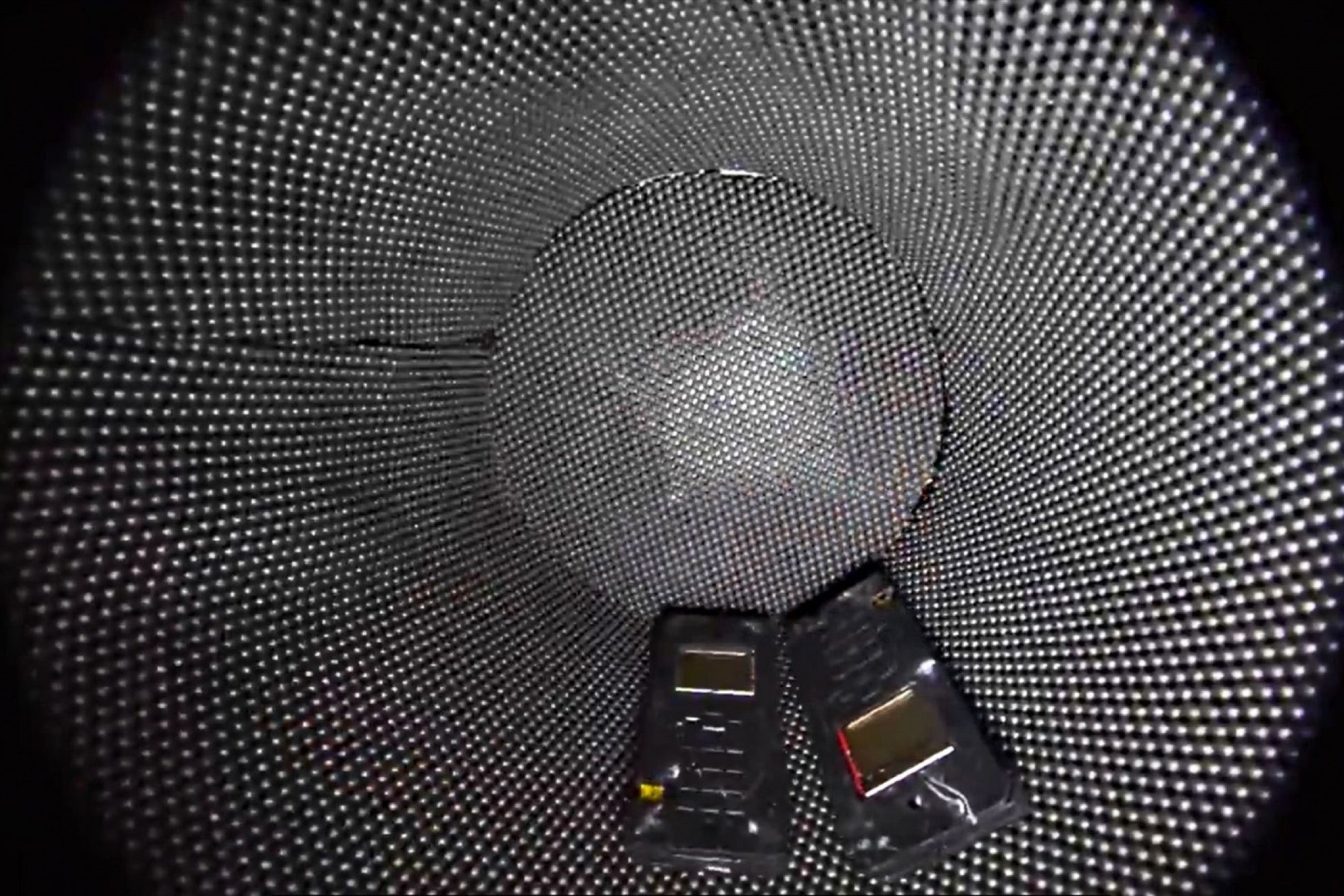Clothes Dryers of the Future Could Also Build Smartphones An MIT design allows phone components to automatically snap together in a centrifuge.
By Tom Brant
This story originally appeared on PCMag

If you're an electronics factory looking to cut costs, you might lay off some humans and buy some robots. But what if you're an electronics designer? Thanks to MIT researchers, you might one day be able to sidestep the manufacturing process altogether.
The MIT Self-Assembly Lab is experimenting with a series of materials that can be "programmed" to self-construct, according to Fast Company. They've already tried self-lacing sneakers and self-building furniture, and are now turning their automation efforts to smartphones and other electronic devices, thanks to a grant from the Defense Advanced Research Projects Agency (DARPA).
Unlike the lab's earlier projects, the self-constructing phones require no robotics. Instead, they rely on a simple design of a few parts that can snap together when exposed to a gravitational force. To deliver that force, the lab used a drum like the one you might find in a commercial clothes dryer to act as a centrifuge. After many spins, the phone parts click together and the handset can be removed in one piece.
It's a rudimentary and blunt process, and not certainly not a substitute for the precise manufacturing protocols that Apple and other high-end phone manufacturers demand. Eventually, though, Self-Assembly Lab co-director Skylar Tibbits thinks the process could be perfected to create many different electronics form factors with just a handful of components.
"Right now the phone is predetermined, and we're using this process to assemble that phone," Tibbits told Fast Company. "But imagine you take a circuit board and you have different logical building blocks and those logical building blocks can be tumbled around -- you can have different functionalities.
"Essentially the holy grail is [that] you want complete design freedom," he continued. "So whatever you want to design or make, you have complete freedom in that space with the minimum number of unique components. We're just scratching the surface."









